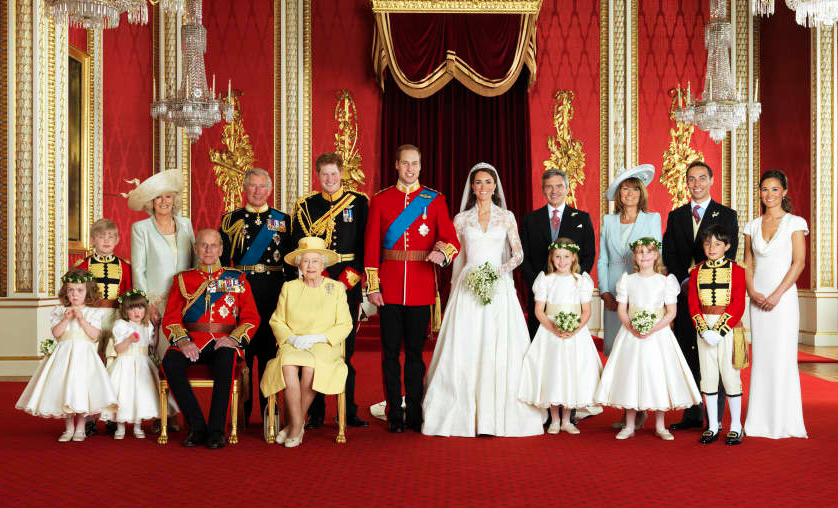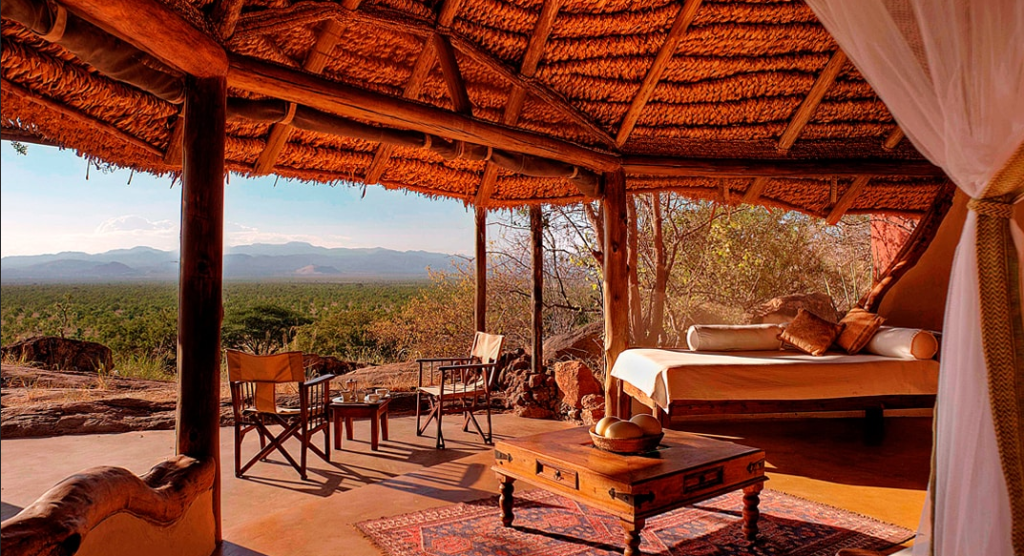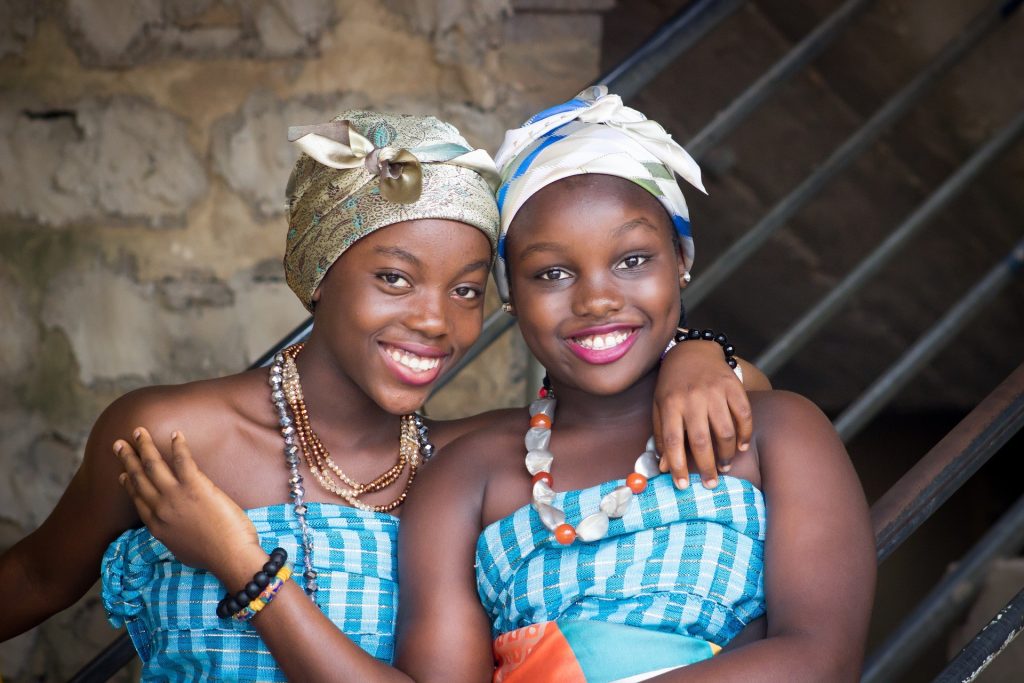Location
The Republic of Seychelles is an archipelagic nation in the western part of the Indian Ocean. It is comprised of over 115 islands and is known for its verdant tropical foliage, stunning beaches, and rich marine life. The primary islands that make up the Republic of Seychelles are positioned around 1,000 miles (1,600 km) to the east of Kenya and approximately 700 miles (1,100 km) to the north of the country of Madagascar. Their latitudes range from 4° to 11° South, and their longitudes range from 46° to 56° East. On the island of Mahé you’ll find the nation’s administrative center, Victoria.
Language
95% of Seychellois are fluent in English. The Creole language of Seychelles, known as Seselwa, originated from French. It is also possible to communicate in English and French
Climate
The ocean has a significant impact on the climate of the Seychelles archipelago, particularly in the form of fluctuations in monsoonal winds, ocean circulation, and variations of surface temperature at sea. As a result, the Seychelles have what is known as a tropical marine climate. The temperature ranges from 25°C to 26°C during the months of July and August, and from 27°C to 28°C during the months of March and April. In April, the maximum temperature reaches an average of 31 degrees Celsius at sea level, which is about 4 degrees Celsius higher than it is at higher altitudes. The terrain of the Seychelles has a significant impact on the patterns of rainfall there. The amount of precipitation that falls each month is determined by the elevation above sea level, and it may vary anywhere from 76.2 millimeters in July to 404.8 millimeters in January. Throughout the coastal parts of Mahe, the average annual rainfall total is 2,369.4 millimeters, however it is projected to be more than that number over the majority of the island’s mountainous interiors.
History
It is believed that Arab sailors explored the oceans in the region of the Seychelles and were aware of their presence throughout the 14th and 15th century. However, Vasco da Gama, a Portuguese navigator who lived from 1469 to 1524, was the one who discovered the archipelago in 1502, followed by a group of following Portuguese mariners. In the year 1609, the English arrived on these shores. The French began their exploration of Mahe and the Bourbonnais Islands in 1742, and they eventually claimed sovereignty over the Seychelles in 1756. As interest in the islands and their strategic location near to trade lines with India rose, the French began their exploration. However, there were no continuous colonies on the islands of the Seychelles Bourbonnais until the year 1770. At that time, little towns emerged in St. Anne and Mahe in order to utilize the natural riches, most notably turtles. In 1778, when there were only 250 people living in the colony, the first structure of what was to become Victoria was constructed. During the time of the French Revolution, the Seychelles served as a base for French corsairs, who were essentially ‘pirates’ working on behalf of the French monarchy. Additionally, privateers were stationed there to harass British boats en route to India. This resulted in an assault in 1794 by a squadron of three British ships, and since the Seychelles had no way to defend themselves against the foe, they were forced to hand themselves up to Britain.
The colony grew between the years 1800 and 1810, expanding its population from 2,000 to 4,000 people, the majority of whom were slaves. A strong fishing business was established, in addition to the development of agricultural villages. Around this period, Britain’s grip over French possessions in the Indian Ocean began to tighten, and the country also laid claim to Reunion and Mauritius. The following few decades were marked by a calmer pace of life; however, following the eradication of slavery in 1835, many farm owners left the islands, free and independent slaves squatted on their farmlands, and export markets significantly dropped, all of which contributed to the islands’ economic decline and subsequent depopulation. But it was the coconut that was going to transform their fortunes as soon as farmers realized how much money they could make from the fruit. Freed slaves from French and Arab ships were transported to the Seychelles, where they were employed as apprentices by plantation owners in exchange for monetary compensation. The construction of the Suez Canal in 1869 created fresh opportunities for the economics of the Seychelles. Palm oil, vanilla, and clove were shipped, and the Seychelles once again prospered, with over 20,000 people living there in the year 1900. The beginning of the First World War brought about a decline in exhilaration as well as a time of isolation and economic contraction, all of which cast a shadow over the 1920s. Even after World War II, Britain continued to make investments in the archipelago in areas like as irrigation, fishing, and forestry, but the overall level of life did not improve.
At the beginning of the 1960s, a number of new political parties and organizations came into existence. One of these was the Seychelles Democratic Party (SDP), which advocated for continued ties to the British Empire, while the other was the Seychelles People’s United Party (SPUP), which supported independence. In 1966, elections were won by the Social Democratic Party (SDP), but in 1975, both major parties campaigned for independence from Britain, which was eventually achieved in 1976. In 1977, with the help of a coup, the SPUP overthrew the government and established a socialist one-party state, which it maintained until 1993. A return to political plurality in 1992 paved the way for the economic and political security that characterizes the islands today.
Dressing code
The general rule of thumb for determining what to wear in Seychelles is to pack clothes that are comfortable and casual. Because there is not a significant drop in temperature from day to night, you should bring clothes of the lightest weight possible. Try using natural fibers like silk, linen, or cotton since they are more breathable. Stay away from synthetic fabrics because of how uncomfortable they are to wear in the heat.




